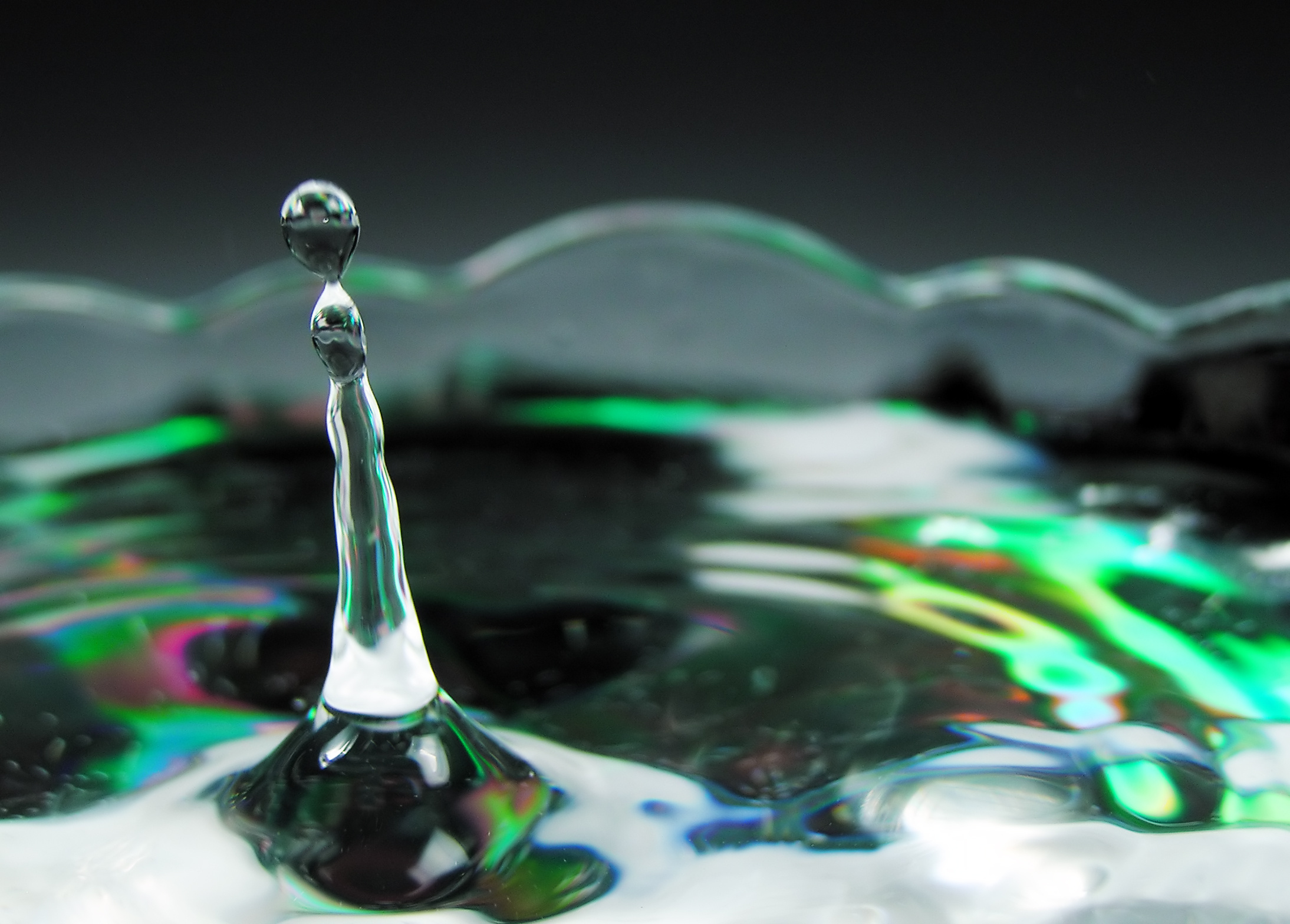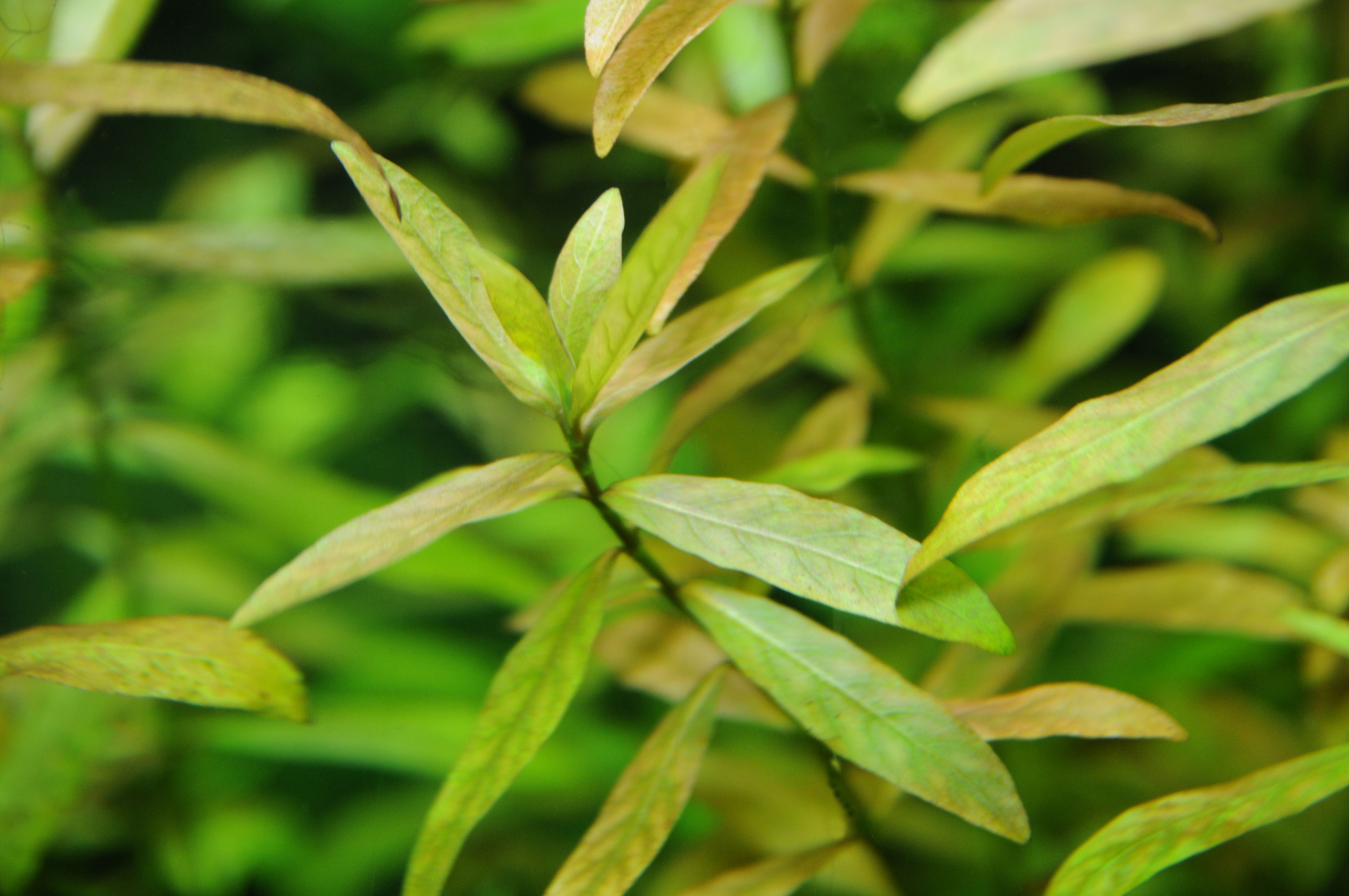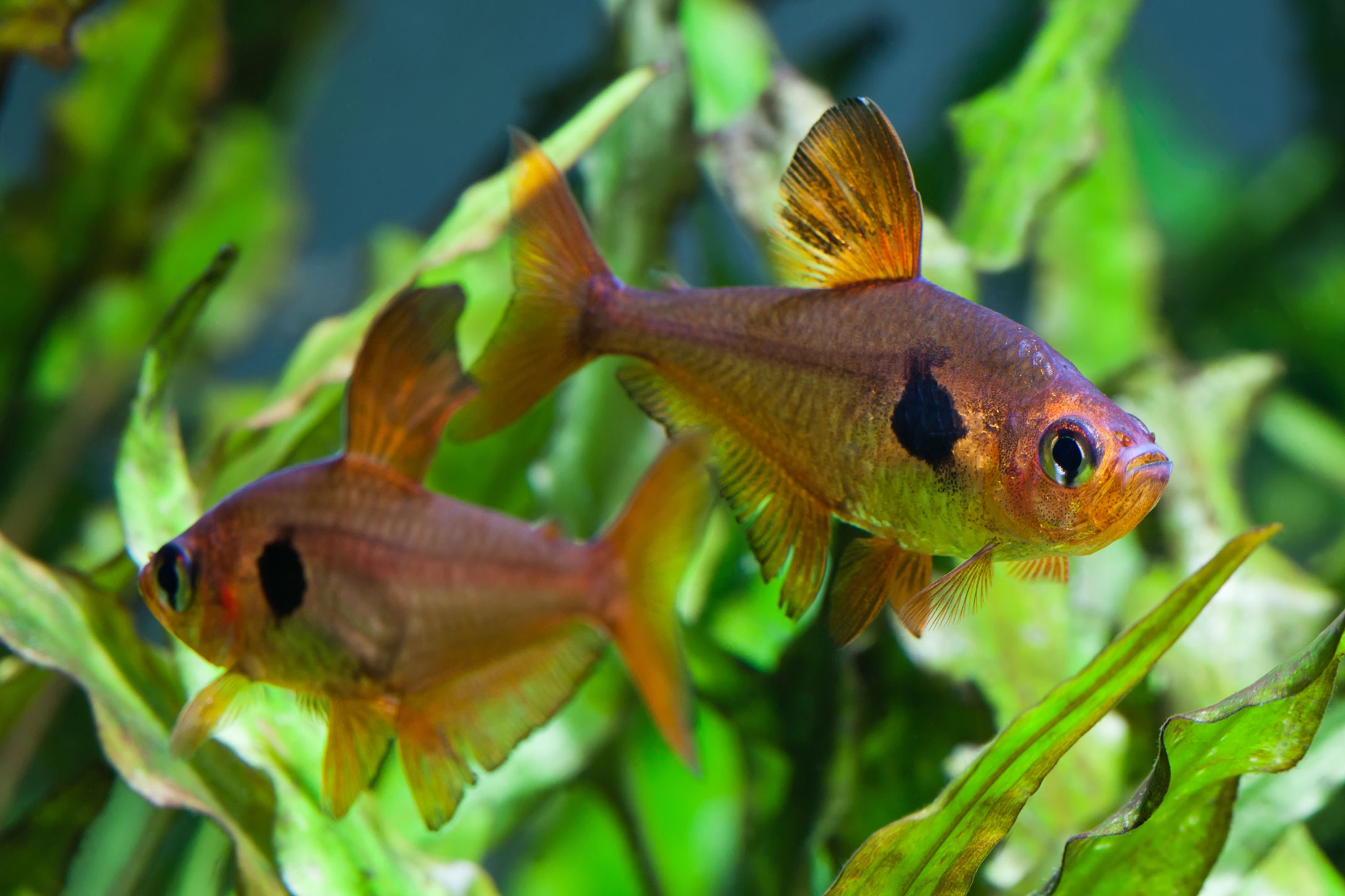Trace Elements
Trace elements in the aquarium, for aquatic plants and for animals. Learn useful information and use this useful information to close your knowledge gaps. You will be surprised what there is to say all about this.

IN THE AQUARIUM
Firstly, the differences in the significance of the various bulk elements (N, P, S, K, Ca, Mg: 0.05 - 8 % in dry matter) and trace elements (Fe, Mn, Zn, Cu, Mo, Co, Ni, B: 0.2 - 7000 ppm in dry matter) must be worked out. There are various approaches to such definitions, but they all have the same problem, namely the difficulty of defining a clear boundary.

FOR AQUATIC PLANTS
Essential Elements
At present, silicon, sodium and cobalt have been proved necessary for only a few cultures; they are otherwise considered to be useful, as are - with some restrictions - aluminium and selenium.

FOR ANIMALS
Proven essentiality using boron as an example
Only in the last 15 years has it become clear that boron is also essential for human and animal nutrition.

